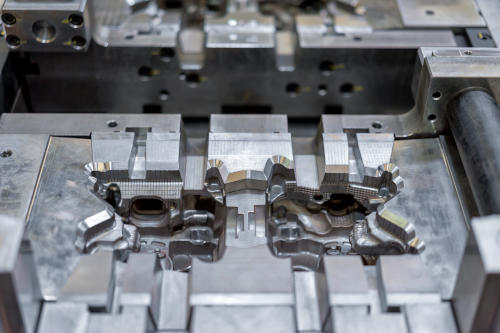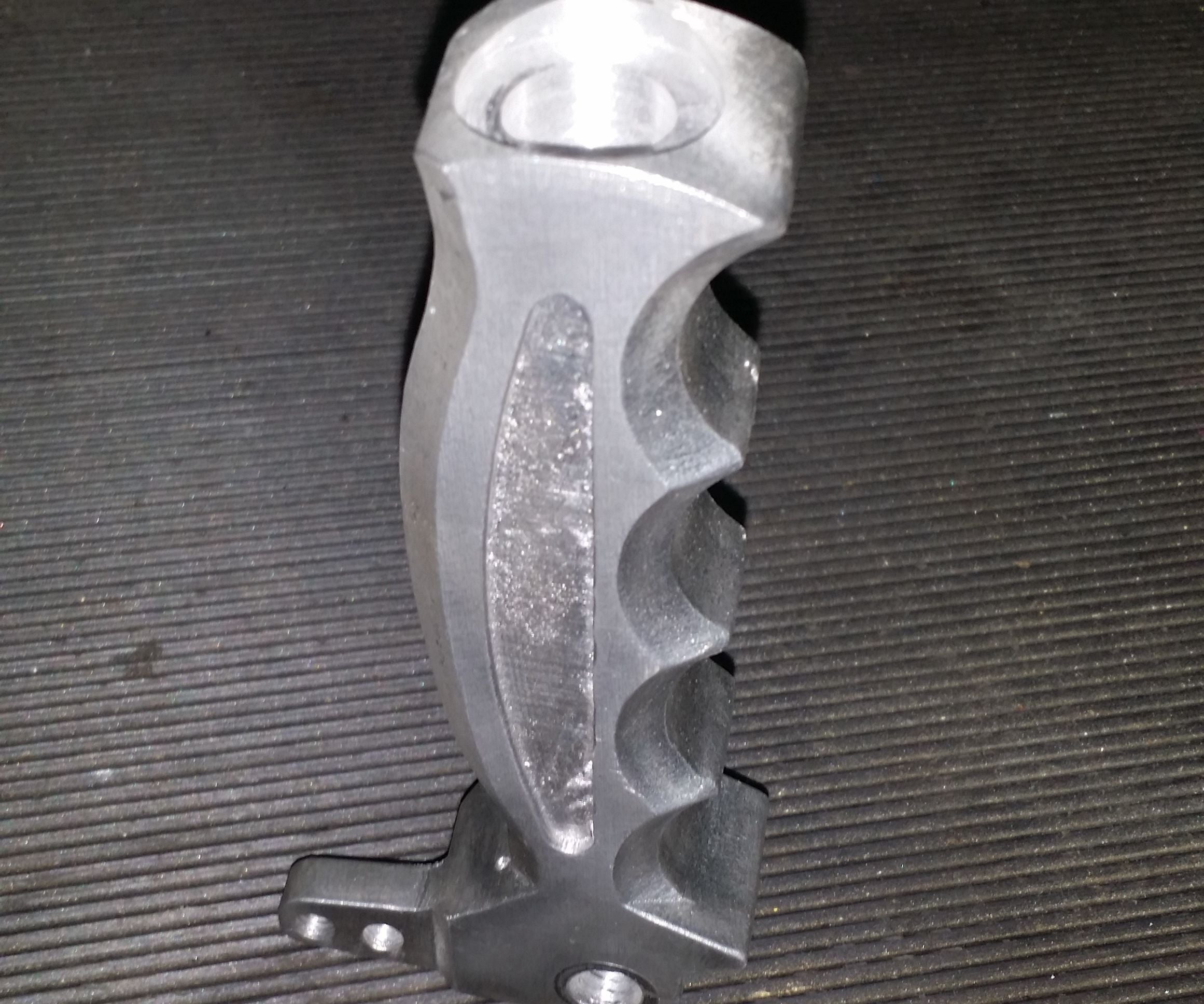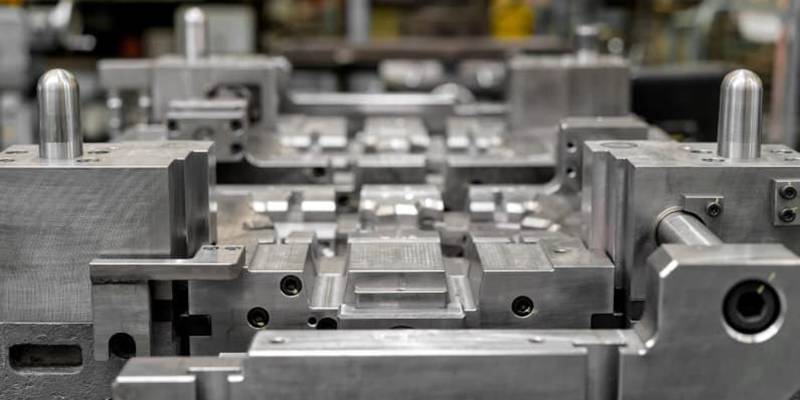How Aluminum Casting supports lightweighting in electric vehicles
Everything You Required to Find Out About the Uses and Perks of Aluminum Castings
Aluminum castings play an important function across various sectors, providing special buildings that enhance product efficiency. Their lightweight nature and strength make them perfect for applications in automotive and aerospace industries. Additionally, the adaptability of casting methods enables complex styles and limited tolerances. As the need for lasting solutions rises, comprehending the advantages and applications of aluminum castings ends up being increasingly crucial. What details advantages do they supply over various other products?
Introduction of Aluminum Casting Processes
Aluminum casting processes include a range of methods utilized to form molten aluminum right into preferred kinds. These methods include sand spreading, die spreading, and financial investment casting, each offering unique advantages depending on the application (Aluminum Casting). Sand casting involves producing a mold from sand, permitting for complex styles and large parts, while die casting uses high stress to infuse molten aluminum right into metal mold and mildews, making certain accuracy and smooth surfaces. Investment casting, also known as lost-wax casting, produces complicated forms with outstanding dimensional precision, making it ideal for in-depth parts
These processes are characterized by their capacity to produce lightweight, long lasting parts that show outstanding deterioration resistance. The flexibility of aluminum enables for customization in numerous sectors, from vehicle to aerospace. Additionally, the capability to reuse aluminum improves the sustainability of these casting procedures, reducing environmental effect while keeping material stability. Recognizing these strategies is essential for maximizing manufacturing performance and accomplishing top quality aluminum castings.
Trick Applications of Aluminum Castings
Aluminum castings play an important function across different sectors, particularly in automobile, aerospace, and customer electronics. In the vehicle field, they contribute to lightweight structures that boost gas effectiveness. In a similar way, aerospace elements benefit from aluminum's strength-to-weight ratio, while consumer electronic devices leverage its adaptability for reliable manufacturing.
Automotive Industry Applications
As the auto industry remains to evolve, producers progressively depend on aluminum castings for their lightweight yet resilient residential or commercial properties. These castings play an essential role in enhancing automobile performance, gas performance, and total safety. Key applications consist of engine blocks, transmission real estates, and structural parts, which gain from aluminum's exceptional strength-to-weight ratio. Furthermore, aluminum castings help with intricate geometries, enabling innovative layouts that improve aerodynamics and reduce drag. The deterioration resistance of aluminum likewise adds to long life, decreasing maintenance expenses for both manufacturers and consumers. As electric lorries gain popularity, aluminum castings are necessary for battery enclosures and other elements, further strengthening their significance in the future of auto manufacturing.
Aerospace Part Manufacturing
In the aerospace industry, aluminum castings are integral to the production of lightweight, high-performance components. These castings are vital for producing parts such as engine housings, architectural frames, and touchdown equipment parts, where weight reduction is crucial for fuel efficiency and total performance. The exceptional strength-to-weight proportion of aluminum permits for the advancement of intricate geometries that boost the rules of aerodynamics. In addition, aluminum's resistance to deterioration contributes to the longevity and integrity of aerospace components, making sure security in flight procedures. The casting process also allows for exact resistances, which is necessary in conference rigid aerospace industry standards. Generally, aluminum castings play a crucial role in advancing aerospace modern technology while supporting the industry's promote lasting practices.
Consumer Electronics Production
Using aluminum castings in customer electronic devices production has actually come to be increasingly considerable as a result of their light-weight and resilient buildings. Producers utilize these castings to produce parts for numerous tools, including smartphones, laptops, and pc gaming consoles. Aluminum's superb thermal conductivity additionally assists in heat dissipation, enhancing tool efficiency and durability. The versatility of aluminum permits for elaborate styles and complex geometries, making it possible for streamlined and modern-day aesthetics that appeal to consumers. In addition, aluminum castings can be conveniently reused, straightening with the expanding need for sustainable production techniques. As innovation advances, the function of aluminum castings in creating innovative and effective customer electronics is anticipated to broaden, making them a staple in the industry.

Advantages of Utilizing Aluminum Castings
While various materials are readily available for spreading, aluminum sticks out as a result of its special mix of lightweight buildings, strength, and corrosion resistance. The reduced thickness of aluminum makes it an ideal option for applications where weight reduction is critical, such as in the automobile and aerospace markets. Its exceptional strength-to-weight proportion allows manufacturers to develop durable elements without adding excessive weight.
Additionally, aluminum castings can be created with detailed designs and limited resistances, making it possible for intricate geometries that are challenging to achieve with various other products. The flexibility of aluminum enables different casting approaches, consisting of sand, pass away, and financial investment spreading, dealing with varied production requirements. Aluminum's simplicity of machining and completing improves its allure, promoting the creation of top quality surface coatings. On the whole, check my source the advantages of making use of aluminum castings add to enhanced efficiency and efficiency in various applications across different sectors.
Corrosion Resistance in Aluminum Castings

Natural Oxide Layer
An all-natural oxide layer forms on the surface area of aluminum castings, offering a necessary obstacle versus environmental variables that can result in wear and tear. This slim, safety film is an outcome of the aluminum's reaction with oxygen in the air, properly securing the underlying steel from moisture, chemicals, and toxins. Therefore, aluminum castings show impressive corrosion resistance, which improves their long life and longevity in different applications. The oxide layer is not only valuable for security but additionally adds to aesthetic qualities, as it can establish a matte finish that several markets discover enticing. Additionally, this all-natural process lessens the requirement for extra finishes, making aluminum castings an affordable choice for makers looking for reputable, resilient products.
Alloy Variants Influence
The composition of aluminum alloys considerably affects their corrosion resistance properties in castings. Different alloy variations, such as 1xxx, 2xxx, and 6xxx series, exhibit unique levels of vulnerability to deterioration. For example, 1xxx alloys, mostly made up of pure aluminum, deal superb corrosion resistance as a result of their high purity. On the other hand, 2xxx alloys, which consist of copper, might experience substantial deterioration when revealed to extreme atmospheres. 6xxx alloys, including magnesium and silicon, strike a balance between stamina and resistance. The visibility of alloying components can improve or reduce safety oxide layers, inevitably influencing durability and performance. Recognizing these variants is important for picking the ideal alloy for specific applications where deterioration resistance is important.
Design Adaptability and Personalization
Although numerous materials exist for casting applications, aluminum stands apart due to its remarkable design versatility and capacity for personalization. This versatility enables designers and designers to produce elaborate shapes and forms that fulfill certain functional demands. Aluminum Casting. The low density of aluminum allows lightweight styles, which is particularly see page helpful in markets such as automotive and aerospace, where weight decrease is important
Aluminum castings can be tailored to numerous specs, consisting of wall density, surface coating, and dimensional tolerances. This versatility not only boosts the aesthetic appeal however also improves the performance of the end product. Additionally, progressed techniques such as 3D printing and computer-aided style (CAD) more promote the modification procedure, enabling quick prototyping and minimizing preparations. Aluminum castings can effectively satisfy the diverse needs of different sectors while supplying manufacturers the ability to innovate and respond swiftly to market needs.
Comparison With Various Other Casting Materials
While different casting products each have their one-of-a-kind benefits, aluminum regularly demonstrates premium residential or commercial properties that make it a favored choice in lots of applications. Contrasted to iron and steel, aluminum is substantially lighter, which lowers the total weight of ended up products, enhancing gas effectiveness in automotive and aerospace industries. Aluminum uses exceptional rust resistance, requiring less upkeep over time compared to materials like iron, which can rust.
When juxtaposed with plastics, aluminum's strength and longevity go beyond several synthetic alternatives, making it suitable for requiring environments. On top of that, aluminum's thermal and electric conductivity is remarkably greater than a lot of other steels, making it optimal for applications requiring effective warm dissipation or electric parts.

Future Trends in Aluminum Casting Modern Technology
Developments in aluminum spreading innovation are established to redefine its applications across different industries. Developments in automation and robotics are streamlining production procedures, boosting effectiveness and precision. The integration of synthetic knowledge and maker learning enables real-time tracking and predictive maintenance, reducing downtime and improving quality assurance.
The advancement of advanced alloys is broadening the performance abilities of aluminum castings, making them ideal for even more demanding applications, particularly in auto and aerospace markets. Lasting methods are also acquiring traction, with increased emphasis on recycling aluminum and decreasing carbon footprints during production.
Additive production methods, such as 3D printing, are being checked out to produce intricate geometries that typical techniques can not achieve, permitting greater design versatility. These fads show a future where aluminum spreading will certainly not just satisfy however go beyond market assumptions, driving development and sustainability in production.
Regularly Asked Inquiries
Just How Are Aluminum Castings Recycled After Use?
Aluminum castings are usually accumulated, cleaned, and processed in recycling centers. The product is melted down, refined, and after that changed into new products, therefore conserving resources and minimizing ecological impact while keeping aluminum's desirable homes.
What Are the Common Expenses Connected With Aluminum Castings?
The regular prices related to aluminum castings differ based upon variables such as complexity, volume, and product specifications. Generally, prices vary from a few bucks per extra pound to significantly greater quantities for intricate designs and huge quantities.
Exactly How Do Aluminum Castings Contrast in Weight to Steel Castings?
Aluminum castings consider significantly much less than steel castings, normally around one-third the weight (Aluminum Casting). This minimized mass permits simpler handling, transport, and application in various markets, adding to improved performance in design and manufacturing procedures
What Industries Primarily Depend on Aluminum Castings?
Various sectors greatly rely upon aluminum castings, consisting of auto, aerospace, electronic devices, and durable goods. Their find more info lightweight nature, corrosion resistance, and flexibility make them necessary for producing elements in these markets, enhancing efficiency and effectiveness.
Exist Any Kind Of Wellness Dangers Connected With Aluminum Casting Processes?
Health risks related to aluminum casting processes consist of direct exposure to fumes, dirt, and chemicals, which can cause respiratory problems and skin irritation. Proper precaution and devices are vital to alleviate these potential threats in the workplace.